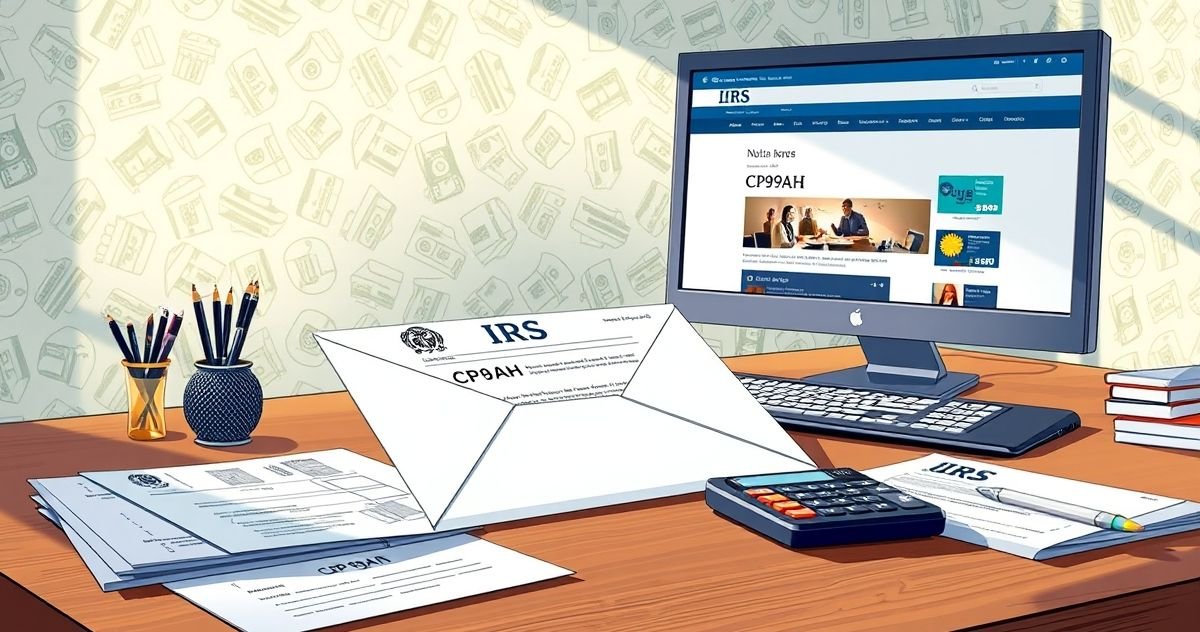Understanding the CP89AH Notice
The CP89AH Notice is a formal communication from the Internal Revenue Service (IRS) intended to inform taxpayers of significant changes made to their tax accounts. This notice typically emerges following an internal review where discrepancies between reported data and the IRS’s own records are identified. The adjustments outlined within the CP89AH Notice are crucial for ensuring accurate tax reporting and compliance, and taxpayers must understand and respond appropriately to these notifications.
Primary Purpose
The principal aim of the CP89AH Notice is to correct inaccuracies in tax reports. These errors can involve misreported income, incorrect tax credits, or mistaken deductions. When these discrepancies are detected, the IRS issues the CP89AH Notice to provide the taxpayer with a comprehensive overview of the changes applied. This notification serves as both a corrective measure and a communicative tool to help taxpayers comply with federal tax regulations.
Key Features of CP89AH Notice
- Detailed Adjustments: The notice elaborates on the specific elements of the tax return that have undergone revisions. This breakdown can include corrections to reported earnings, credit modifications, or update of deductions once inconsistencies are confirmed.
- Impact Statements: CP89AH outlines whether the adjustments result in a new balance due, an altered refund, or any other consequential changes in taxpayer obligation.
- Interest and Penalty Updates: Following adjustments that might affect payment amounts, the notice details any accrued interest or penalties resulting from late or incorrect payments on the revised amounts.
Filing and Compliance Requirements
Upon receiving a CP89AH Notice, a taxpayer must meticulously review the changes and verify the correctness of the reported data. If the IRS adjustments are found to be accurate, any additional liabilities must be settled by the specified date to avoid further penalties. If discrepancies are found in the IRS adjustments, taxpayers may engage the IRS through a dispute process, often requiring meticulous documentation to legitimize the original filing and revision proposal.
Consequences of Non-compliance
Failure to address a CP89AH Notice promptly can result in severe consequences. Delayed response or inaction can lead to increased penalties, interest accruals, or even collection actions like liens or levies. The IRS possesses wide-ranging authority to reclaim owed amounts, and unaddressed alterations might incur significant personal financial implications, including damage to credit ratings.
Significance in Tax Compliance
The CP89AH Notice is instrumental in fostering tax compliance, acting as a corrective mechanism to ensure taxpayers accurately report taxable events. Responding promptly and effectively to these notices can minimize or prevent further enforcement actions, thereby safeguarding taxpayers’ financial standings. Moreover, the notice serves an educational role, encouraging better bookkeeping and record retention practices.
Beneficial Practices Post-Notice
To optimize responses to CP89AH notifications and prevent similar issues in the future, taxpayers should adopt certain best practices:
- Regular Record-keeping: Maintain comprehensive, precise records of all income sources, expenses, and deductions. Such organization not only simplifies filing but also aids in contesting any perceptions of discrepancies.
- Verification of Information: Before submission, verify all forms and data reported to the IRS are complete and accurate, including cross-referencing third-party submissions like W-2s and 1099s.
- Utilize IRS Resources: Engage with IRS tools such as online accounts or their helpdesk services to ensure understanding of your taxpayer status and access resources to reconcile issues early.
Conclusion
The CP89AH Notice is a critical document for maintaining proper tax compliance. It acts both as a corrective agent and a reminder for taxpayers to uphold meticulous record-keeping and cautious filing behavior. By addressing this notice thoroughly and taking subsequent corrective actions, taxpayers can effectively navigate the complexities of tax legislation while minimizing risks of enforcement actions, ensuring they remain compliant and informed of their fiscal responsibilities.

